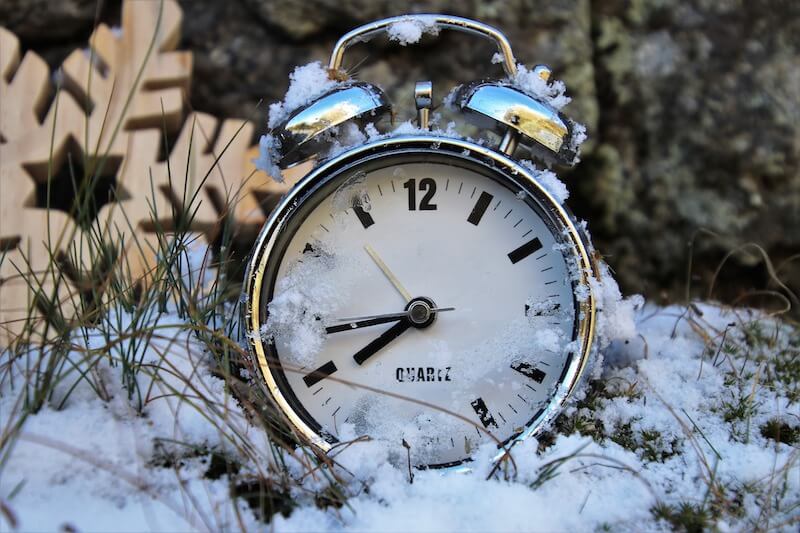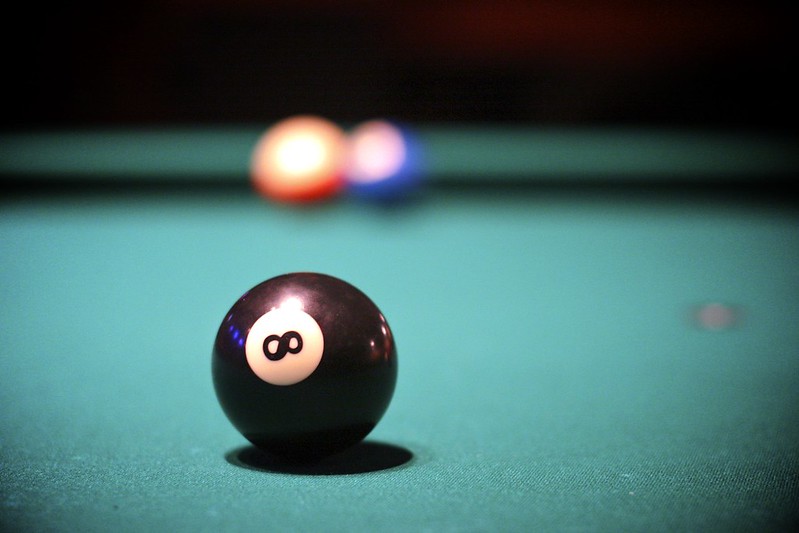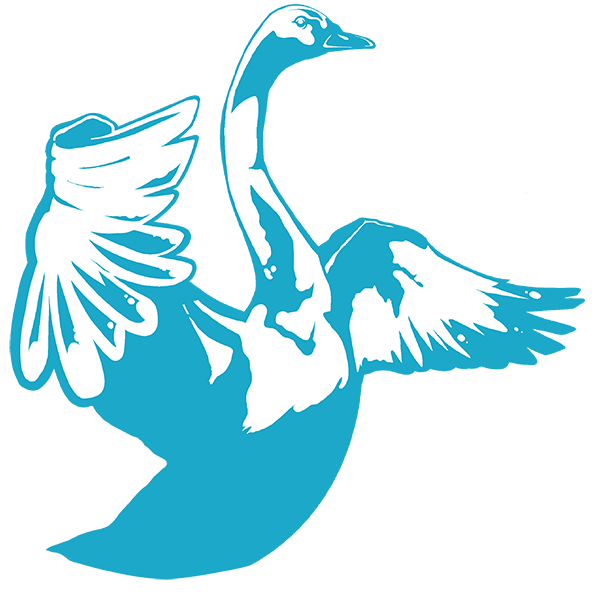What’s the idea of this article?
1. Emphasize the importance of knowing the numbers
2. Teach numbers in written language
3. Teach numbers in spoken language
4. Ordinal numbers
5. Listening comprehension
6. Tell which numbers in you life are worth learning and give you a task to learn them
Importance of knowing the numbers
Numbers are everywhere! Below there is a short list of everyday things that involve numbers:
- Time of day
- Dates
- Phone numbers
- Age and the year of birth
- Prices
- The amount of products
- Addresses
- Bus numbers and schedules for public transportation
Numbers are one of the first things worth learning in a new language. In this article we learn numbers in written and in spoken language.

Numbers in written language
0 / Nolla / Zero
1 / Yksi / One
2 / Kaksi / Two
3 / Kolme / Three
4 / Neljä / Four
5 / Viisi / Five
6 / Kuusi / Six
7 / Seitsemän / Seven
8 / Kahdeksan / Eight
9 / Yhdeksän / Nine
10 / Kymmenen / Ten
11 / Yksitoista / Eleven
12 / Kaksitoista / Twelve
Numbers 13-19 are written in a consistent way so that first you say the latter number ”kolme” (3) and after that you add the word ”toista” creating a word ”kolmetoista” (13).
20 / Kaksikymmentä / Twenty
30 / Kolmekymmentä / Thirty
40 / Neljäkymmentä / Fourty
Numbers 50, 60, 70, 80 and 90 are also written in a nice and consistent way. First comes the first number ”viisi” (5) and then you add the word ”kymmentä” creating a word ”viisikymmentä” (50).
100 / Sata / Hundred
150 / Sataviisikymmentä / One hundred fifty
1000 / Tuhat / Thousand
2000 / Kaksituhatta / Two thousand
3000 / Kolmetuhatta / Three thousand
When talking about thousands, if the number is ”kaksituhatta” (2000) or bigger it ends with ”-ta” meaning the ending will be viisituhatta, kuusituhatta, seitsemäntuhatta etc.
Compare: 1000 is ”tuhat”, but 4000 is neljätuhatta.

Numbers in spoken language
1 / Yksi / Yks
2 / Kaksi / Kaks
3 / Kolme / Kolme
4 / Neljä / Neljä
5 / Viisi / Viis, femma
6 / Kuusi / Kuus
7 / Seitsemän / Seittemän, seiska
8 / Kahdeksan / Kaheksan, kasi
9 / Yhdeksän / Yheksän, ysi
10 / Kymmenen / Kymppi, kybä
1,2,5 ja 6.
Yks, kaks, viis and kuus are in spoken language same as in written language but the final ”i” is left out.
5
”Femma” means in Helsinki slang the same thing as ”viisi”. It comes from the Swedish word ”fem” which is five in Swedish. Usually when talking about ”femma” it means money. However this isn’t always the case, for example: ”yläfemma” means high five.
Sä oot mulle femman velkaa / You owe me five (euros)
7
The purpose of spoken language is to make speaking faster and effortless. ”Seittemän” is requires less effort than ”seitsemän”. ”Seiska” is another way in spoken language to say seven. For many Finnish people ”Seiska” is familiar as the name for the most well known tabloid magazine in Finland.
Luetko Seiskaa? / Do you read the ”Seiska” magazine?
Mä oon seiskaluokalla / I am on the 7th grade
Mä sain kokeesta seiskan / I got 7 as a grade from the exam
8 ja 9
Often in spoken language ”d” is left out. It is so also with ”kahdeksan” and ”yhdeksän”. They become ”kaheksan” and ”yheksän”. There are also commonly known spoken versions ”kasi” and ”ysi” that are used in following ways:
Kasipallo ja ysipallo ovat biljardipelejä / Eight ball and nine ball are billiard games

Olen ysiluokalla ja mun sisko on kasiluokalla / I am on the ninth grade and my sister is on the eight grade.
Eric Lindrosin paidan pelinumero oli kasikasi (88) / The jersey number of Eric Lindros was eighty eight (88).
10
Ten can be in spoken language either ”kymppi” or ”kybä”.
Kybä on todella samanlainen sana kuin femma ja sitä käytetään yleensä puhuttaessa rahasta.
Heitä mulle kybä / Anna minulle kymmenen (euroa) / Give me ten euros
”Kymppi” on sana, jolla on omat vakiintuneet käyttötarkoituksensa. Alla muutama esimerkki:
Kympintyttö – Girl of ten: a girl who is good in school (gets good grades like tens)
Naisten Kymppi – Womens ten: the biggest jogging/walking event for women in Finland
JVG has a song called ”Teemu ja Jari” in which they rap about two very popular athletes Teemu Selänne and Jari Litmanen. Teemu’s number is 8 ”kasi” and Jari’s number is 10 ”kymppi”. In songs chorus go like this ”Kyl sä tiiät, kymppi ja kasi”.
There is a children’s program called ”Kymppi kaksi” (10 + 2). The intro song for the program is good way to remember numbers ”kymppi” and ”kaks”.
The fast way to count to ten
Probably the fastest way to count to ten is in spoken Finnish. It can be done in the following way:
Yy, kaa, koo, nee, vii, kuu, see, kasi, ysi, kymppi
Watch a video where I count to ten very fast in spoken Finnish
The numbers from 1 to 7 presented here can not be used in to replace the numbers in written language. They are only used when counting upwards. This kind of counting can usually be heard when somebody wants to count as quickly as possible the number of certain things. The number of people for example.
20, 25, 30, 37, 40…
With the tens digits in spoken language the word ”kymmentä” is replaced with ”kyt”. Sometimes the first number is also shortened. ”Kolme” becomes ”kol” and neljä becomes ”nel”, ”viisi” becomes ”viis” etc.
20 / Kaksikymmentä / Kakskyt
25 / Kaksikymmentäviisi / Kakskytviis
30 / Kolmekymmentä / Kolkyt
37 / Kolmekymmentäseitsemän / Kolkytseittemän
40 / Neljäkymmentä / Nelkyt
46 / Neljäkymmentäkuusi / Nelkytkuus
50 / Viisikymmentä / Viiskyt
For pronouncing correctly it is a good idea in the beginning to divide process of pronouncing the word into three parts:
Kaks – kyt – viis / 25
Kol – kyt – seittemän / 37
Nel – kyt – kuus / 46
100
”Sata” is in Helsinki slang ”huntti”. It comes from the Swedish word ”hundra” (100). Usually ”huntti” means money.
Se maksaa huntin / It costs 100 (euros)
1000
”Tuhat” is in spoken language ”tonni”. In written language ”tonni” is the unit of mass and means thousand kilograms.
Ordinal numbers
Ordinal numbers are useful. They are used for telling the order of things. Ordinal numbers can also indicate how many times a certain event has occurred? The answer for this could be for example "first time" or "second time". There is a well-known Finnish saying: "kolmas kerta toden sanoo" which is "third time's a charm" in English.
Ensimmäinen / First / 1st
Toinen / Second / 2nd
Kolmas / Third / 3rd
Neljäs / Fourth / 4th
Viides / Fifth / 5th
Kuudes / Sixth / 6th
Seitsemäs / Seventh / 7th
Kahdeksas / Eighth / 8th
Yhdeksäs / Ninth / 9th
Kymmenes / Tenth / 10th
Yhdestoista / Eleventh / 11th
Kahdestoista / Twelveth / 12th
Kahdeskymmenes / Twentieth / 20th
Kolmaskymmenes / Thirtieth / 30th
Sadas / Hundredth / 100th
Tuhannes / Thousandth / 1000th
In spoken language first is ”eka” and second is ”toka”.
Onko tämä sun eka kerta ”Opi suomea suomeksi”-tapaamisessa?
Tämä on mun toka kerta. Olin täällä ekaa kertaa kaks viikkoa sitten.
Listening comprehension
When a salesperson tells you the price, do you understand him? When a friend tells you the time you are supposed to meet, do you understand her?
Now we will test how well do you recognise the numbers you hear.
Stop!
Don't scroll further down this page. You don't want to see the correct answers beforehand, right?
Take pen and paper or open a text file on your computer so that you can write down the numbers you hear. Write numbers 1-10 one below another.
Listen to this audio recording write down the numbers you hear beside the numbers 1-10. Also write down the unit of the number, for example euro or gram.

Correct answers:
1. Se maksaa seittemän euroa ja viiskytviis senttiä = 7 € ja 55 snt
2. Suomi voitta maailmanmestaruuden vuonna ysiviis = 1995 tai 95
3. Mä oon synytnyt vuonna kasikaks = 1982 tai 82
4. Meidän vastasyntynyt vauva painaa melkein 4000 grammaa = 4000g
5. Tää tekee kolkytkaks ja viiskyt = 32,50 €
6. Meidän muovipussit maksaa nelkyt senttiä = 40 snt
7. Mä on sataseiskytyheksän senttii pitkä = 179 cm
8. Mä juoksin coopperissa kakstuhattakuussataa metriä = 2600 m
9. Nähdään Kampissa ysiltä illalla = 21.00 (9pm)
10. Tämä on mun neljäs kerta = 4. kerta
Which numbers are good to know?
There are certain numbers that get repeated pretty often in our life. We get to tell them to people many times so they are worth learning.
I encourage you to learn how to say the following things in Finnish:
- Your age
- Your year of birth
- Your Birthday
- Your phone number
- Your social security number
- Your address and post code
Here is a small exercise for you:
Write all of these numbers on a paper with letters. Not numbers but letters. After that read them out loud three times. First slowly and then a bit faster.
Write you age on a paper:
”Olen kaksikymmentäyhdeksän vuotta”
You can use Google translate as an aid. By writing there ”twenty nine” you get the translation for it in letters instead of numbers. It makes it easier for you to learn how to pronounce numbers correctly. You can listen the number by clicking the speaker icon. It is on the boxes left corner.

Here are examples of all the most important numbers both in written language and in spoken language.
Olen kaksikymmentäyhdeksän vuotta vanha / Oon kakskytyheksän vuotta vanha / I am 29 years old
Olen syntynyt vuonna tuhatyhdeksänsataayhdeksänkymmentä / Oon syntyny vuonna ysikyt / I’ve been born in the year 1990
Minulla on syntymäpäivä yhdestoista viidettä / Mulla on synttärit yhdestoista viidettä / My birthday is 11.5.
Minun puhelinnumero on nolla neljä nolla viisi seitsemän yksi kuusi kahdeksan seitsemän yksi / Mun numero on nolla neljä nolla viis seittemän yks kuus kaheksan seittemän yks / My phone number is 040 5716871
Minun henkilötunnus on yksi yksi nolla viisi yhdeksän nolla viiva kolme kolme neljä yhdeksän / Mun hetu on yks yks nolla viisi yheksän nolla viiva kolme kolme neljä yheksän / My social security number is 110590-3349
Minun osoite on Isokaari kaksi A yhdeksän ja postinumero on nolla nolla kaksi nolla nolla / Mun osoite on Isokaari kaks A yheksän ja postinumero on nolla nolla kaksi nolla nolla / My address is Isokaari 2 A 9 and the postal code is 00200.
I really hope that you will do this exercise. It’s not enough that you know the numbers. You need to master them. Think about how great it would be when you are able to fluently say your own age, year of birth and phone number in Finnish. This is a good way to start.
Good luck with the training!

